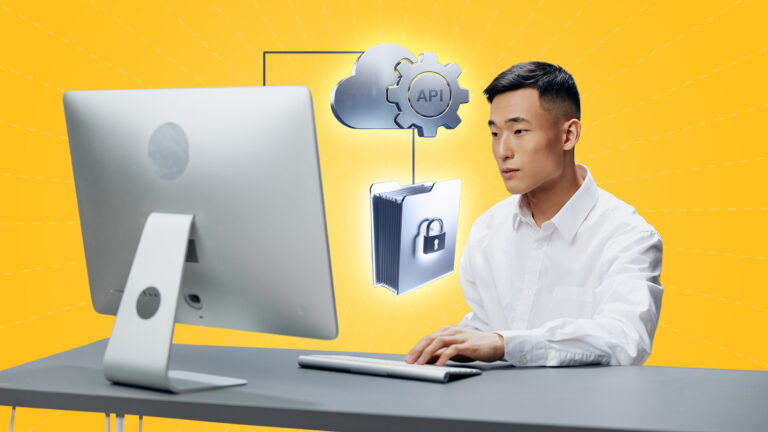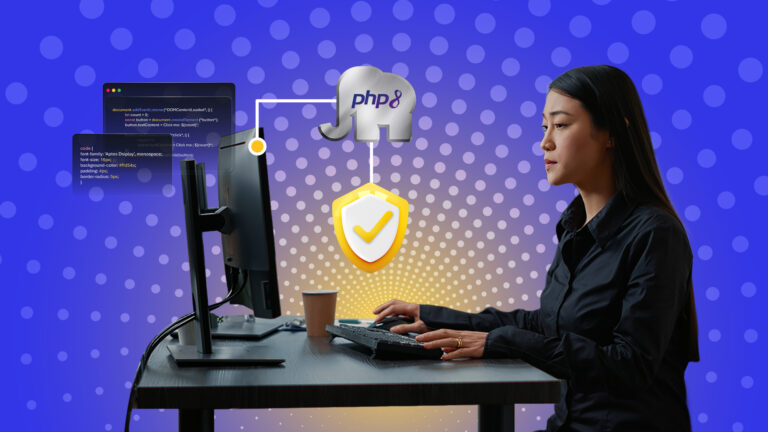COVID-19. It’s the new guy in town. It’s dominating the headlines as it brings with it an unprecedented range of challenges in all aspects of life. Many countries have already imposed stricter health measures to flatten the coronavirus curve. Around the world, organizations and enterprises are scrambling to find adjustments they can make to continue operating, protect employees, and support customers.
It seems clear that many of the significant and sustained effects of this disruption are here to stay – shaking up business and consumer behavior on a massive scale – as company owners and employees are trying to adapt to the ‘new normal’.
In order to mitigate the full economic consequences and to better manage the financial crisis, there’s no better response than to remain BAU – Business As Usual – but it must be run in parallel with the recommended flexible or full scale remote work policy as well as continued contingency planning during the pandemic.
Here’s how.
Ramp up Investment in Remote Working
With businesses in the process of, or preparing their plans to, shift to working from home, one of the best ways to boost its effectiveness is to invest in training and support.
Some of the ways that companies can support both managers and employees include scheduling regular virtual teams training, offering one-on-one coaching, taking part in self-guided training modules and webinars, or launching Employee Resource Groups. These are among the steps that will help both managers and employees find a balance between the mechanics of working from home and the mental/emotional/relational implications of managing work, home, and self-care.
Make Workforce Wellbeing a Priority
Understandably, organizations and enterprises are often focused on: the impending disruption of jobs and changing worker demographics, halting supply chain production, drastic decline of sales and revenue, figuring out how to make payroll, or working through their now-bloated inventory that they may lose sight of their workforce wellbeing.
While everyone is looking forward to having the crisis come to an end, worker wellbeing has never been more important as everyone tries to navigate through the new normal. Today more than ever, companies must be committed to provide their people guidance and suggestions for habits necessary to build and sustain physical, emotional, mental, and spiritual well-being to combat the stresses of the ‘always on’ way of working.
Establish a Business Continuity Plan (BCP) Team
In order to successfully incorporate the BAU approach within your corporate culture, there is a need for a BCP team that will serve as key decision makers when dealing with complex and escalating sets of issues.
From developing scenarios and recommended courses of action to identifying trigger points, collecting innovation-driven intelligence, and acting tactically to stay on top of things and to reduce uncertainty – these are key objectives your BCP team needs to address and communicate to all other parts of the organization for execution.
Leverage Technology Enabled Solutions
CIOs must expand digital workplace resources and access to make sure people have the systems they need to stay productive. Take advantage of external platforms/networks to globally engage employees to deliver work remotely and across all digital platforms or to perform services in a specific physical location. The same technology-enabled solutions must be made available for specialized/contingent service providers with fit-for-purpose capabilities/outputs as well as to manage affiliated contract workers in private resource pools.
Work From Home is in our DNA
Doing business as usual when it’s anything but is the new normal of work. ClinkIT Solutions has the tools, technology, experience, and technical expertise to help you ensure seamless workforce productivity in a work from home setting. Schedule a FREE CONSULTATION today.



